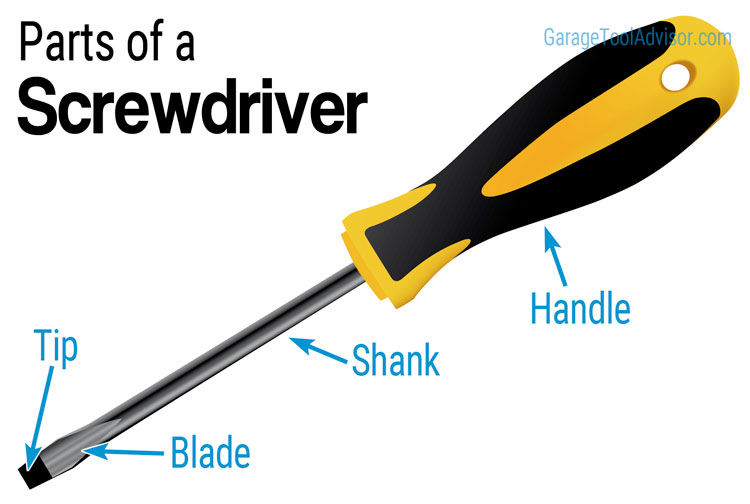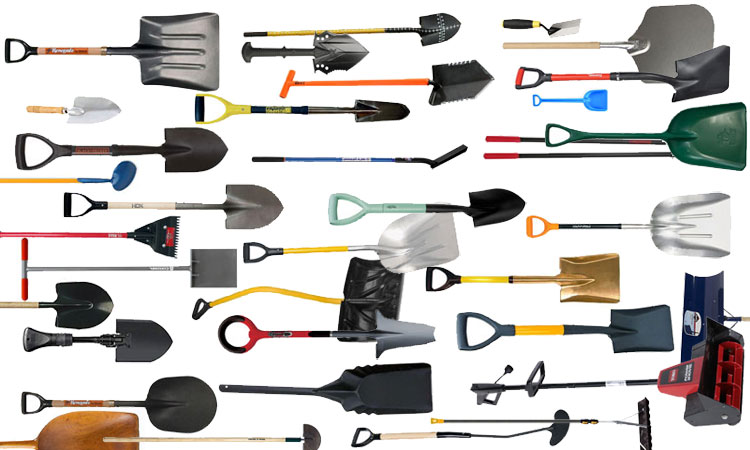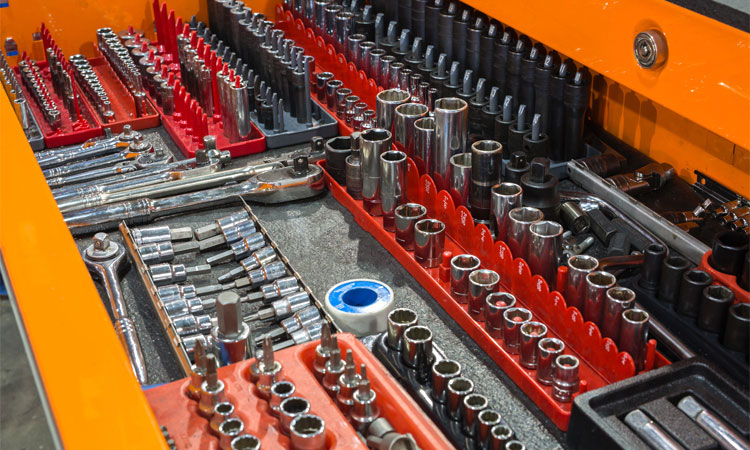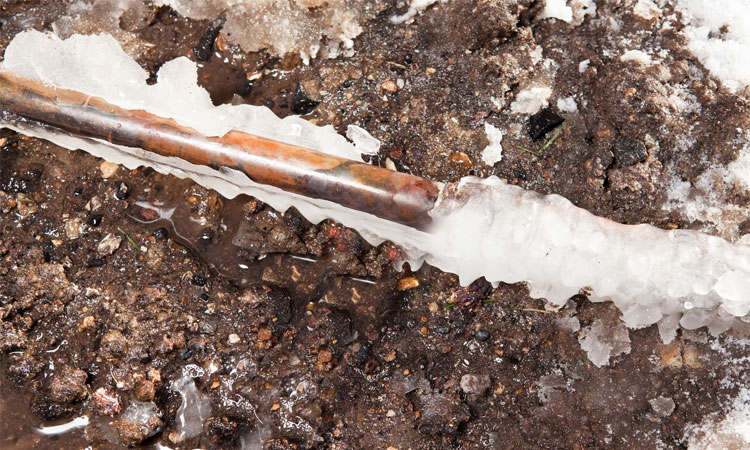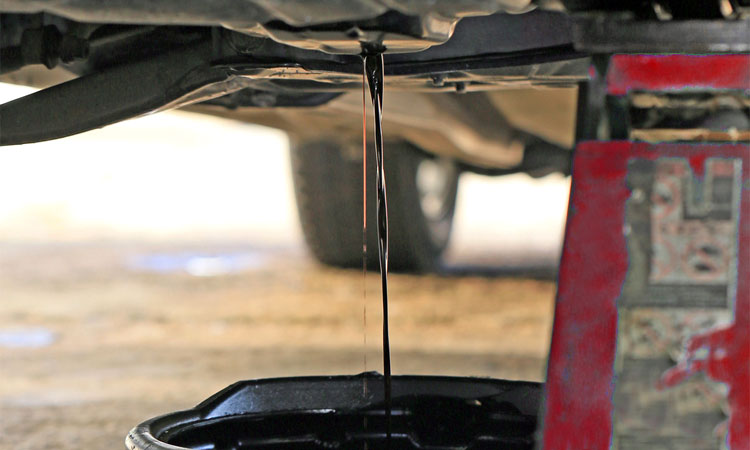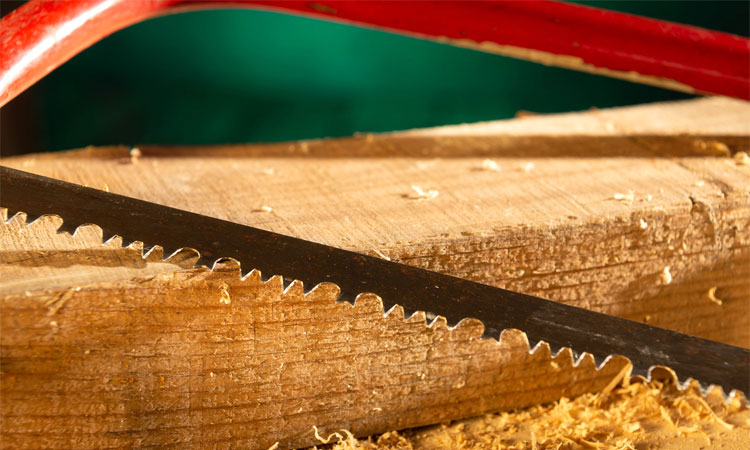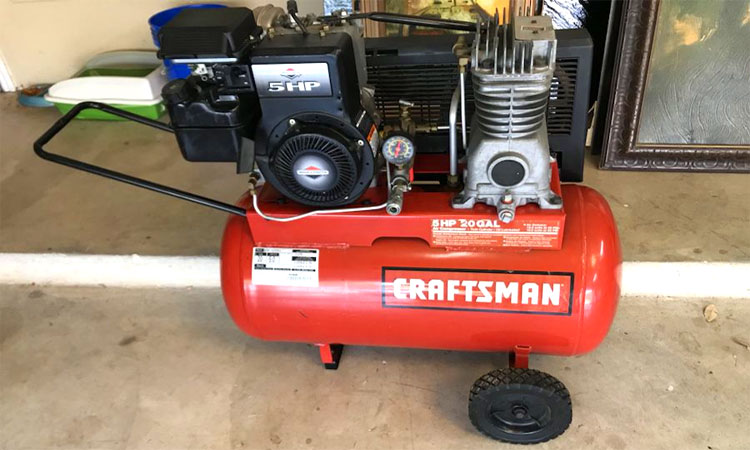Parts of a Screwdriver (with Diagram)
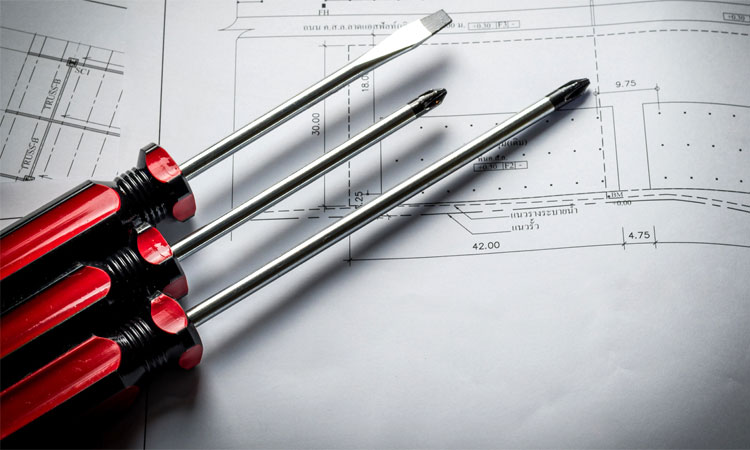
A screwdriver is one of the most basic handheld tools out there. It’s used to rotate a typical spiral-threaded screw into (or out of) wood, metal, or other materials with manual effort by the user. There are many different types of screwdrivers but here we want to focus on the various parts of a screwdriver.
Each of the four main components of a screwdriver has its own purpose and the diagram below should make it easier to understand what makes each driver unique.
Parts of a Screwdriver
Handle
This is the largest part of a manual screwdriver and is often shaped or rubber-coated to improve grip. You can use the pommel of a screwdriver handle to add pressure or temporarily turn some screwdrivers into a chisel.
Regular screwdrivers have a handle diameter that’s intended for applying maximum torque while precision screwdrivers have a narrow handle diameter to allow for better precision work.
Comfort is important especially when you have a lot of screws to turn. It’s the reason why most cordless screwdrivers have an angled (like a gun) handle.
Shank
The main shaft of a screwdriver (or bit) is known as the shank and connects to the handle and sometimes even runs the entire length of the handle for durability and so you can use the screwdriver like a chisel. It’s most commonly made of hardened steel.
The length may vary greatly, with short shanks for tight spaces and long shanks for superior reach. There are many different sizes of screwdrivers regarding both shank length and tip size.
Special insulated screwdrivers which have a strong non-conductive plastic cover over the shank are common with electricians. This protects the user opposed to a normal uncovered shank which accidentally touches a live wire and in turn gives the user a nice jolt or worse.
Blade
This is the shaped portion at the business end of the screwdriver. Depending on the driver’s function, the head may be flat, wedged, or even conical. Screwdriver blades add stability to the tip, allowing for better torque.
It should be noted that the blade is often considered synonymous with the tip, although they serve slightly different functions.
Tip
The tip of the blade is arguably the most important part. Screwdriver tips fit into the head of a screw and help lock the blade in place. It should be noted that a tip of the wrong size is often the culprit when rounding a screw’s head.
This is the reason why it’s a good idea to have a good screwdriver set at your disposal to allow you to best tackle any job.

